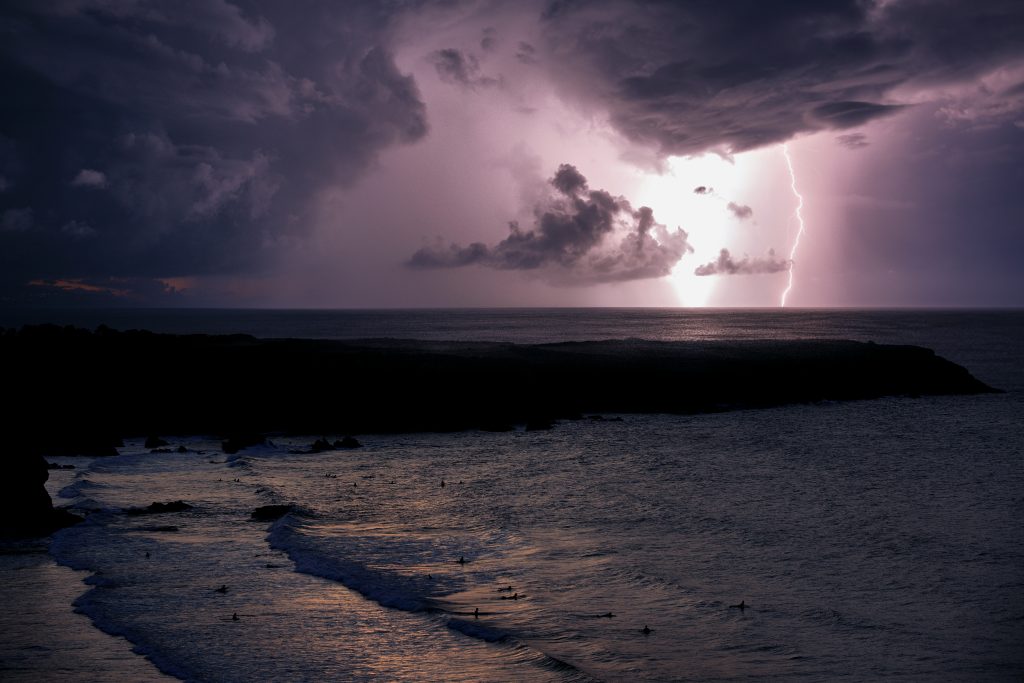For as long as travelers have ventured across Venezuela’s Lake Maracaibo, they’ve witnessed a phenomenon that defies expectations—the storm that never rests. In the 16th century, sailors named it “El Faro del Catatumbo”—the Catatumbo Lighthouse—because of the relentless lightning that illuminated the sky, making navigation possible even on the darkest nights.
This natural light show was so consistent that Spanish poet Lope de Vega immortalized it in writing back in 1597, describing how the lightning betrayed Sir Francis Drake’s fleet during an unsuccessful attempt to raid Maracaibo, which was under Spanish control.
For centuries, this great electrical display remained a constant in the region. However, something extraordinary happened in 2010—Catatumbo lightning disappeared.
What Makes Catatumbo Lightning So Unique?
Deep in the basin where the Catatumbo River merges with Lake Maracaibo, an extraordinary number of thunderstorms ignite the sky up to 260 nights per year. To grasp how such an intense and frequent phenomenon occurs, we need to examine the area’s geography, climate, and atmospheric interactions, which together create one of the most electrically charged regions on Earth.

A Perfect Storm Trap
The landscape of this region plays a crucial role. Lake Maracaibo—one of South America’s largest bodies of water—is cradled by towering mountain ranges. The Andes Mountains to the west, the Perijá Mountains to the north, and the Mérida ranges to the south form a natural enclosure, essentially trapping weather systems.
These highland barriers prevent storms from dissipating, creating an ideal setup for persistent thunderstorms.
The Role of Atmospheric Interactions
Geography alone isn’t enough to sustain this extraordinary lightning phenomenon. The secret lies in how the lake interacts with the surrounding air currents and temperatures.
By day, Lake Maracaibo, which covers over 13,000 square kilometers (5,000 square miles), absorbs vast amounts of solar energy, storing it like a massive thermal reservoir. As night falls, the heat starts to rise, carrying moisture upward and forming dense storm clouds.
Simultaneously, cooler air from the Andes descends and rushes toward the lake. When these contrasting air masses collide, the warmer air is pushed higher, rapidly cooling and condensing into colossal thunderclouds.
This nightly cycle repeats like clockwork, ensuring that storms reignite continuously, making the region one of the most lightning-prone places in the world.

Why Is the Lightning So Intense?
Unlike ordinary thunderstorms, Catatumbo lightning has a few unusual characteristics that make it extreme:
Powerful Updrafts – The rapid ascent of warm air causes clouds to build incredibly fast, creating perfect conditions for electrical charges to accumulate.
Constant Humidity Supply – Unlike other storm systems that eventually weaken, Lake Maracaibo keeps replenishing moisture, ensuring sustained storm activity.
Wind Currents Lock the Storm in Place – The mountains act as barriers, preventing weather patterns from moving away. This keeps the lightning system concentrated in one area.
These conditions combine to create a natural lightning machine that rarely shuts down.
The Year the Storm Went Silent
For centuries, Catatumbo lightning seemed unstoppable. But in 2010, the unthinkable happened—for about 160 days, the sky above Lake Maracaibo went dark. No rolling thunder. No blinding flashes. The great atmospheric engine that had raged for centuries simply stopped.
What Could Have Caused It?
The most widely accepted explanation points to El Niño, a climate phenomenon that originates in the Pacific Ocean but has global consequences. This powerful event disrupts weather patterns, raises temperatures, and shifts rainfall distribution.
During El Niño years, trade winds that usually transport moisture across the tropics weaken or even reverse, causing droughts in some regions while triggering storms in others. In 2010, it brought extreme dryness to Venezuela, and the effects were undeniable.
- Lake Maracaibo’s water levels dropped dramatically.
- Humidity levels plummeted, leaving less moisture to fuel storms.
- Thundercloud formation halted, leading to months of clear skies.
By April of that year, El Niño had started to subside. The rains returned, the lake’s water levels stabilized, and moisture-laden air once again surged skyward. As if nature had hit “play” on a paused scene, the lightning storm resumed its nightly performances.
A Testament to Nature’s Power
El Niño had proven that even the most persistent storms have their limits. But the moment the conditions were right again, Catatumbo lightning reawakened, as if it had never disappeared at all.
This Venezuelan marvel remains one of Earth’s most spectacular natural phenomena, reminding us how delicate yet resilient our planet’s weather systems can be.

